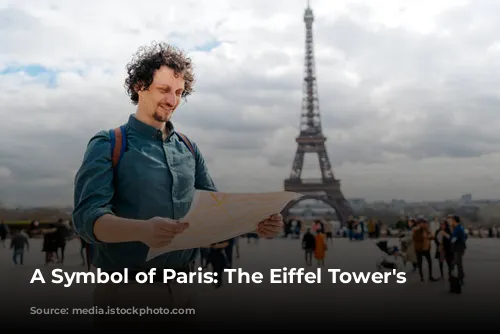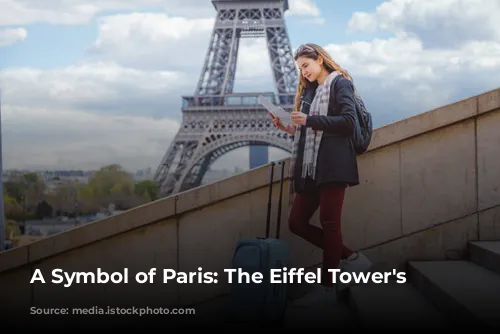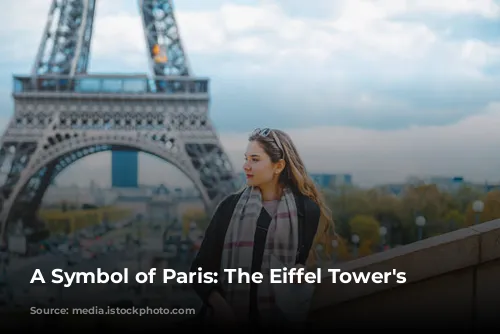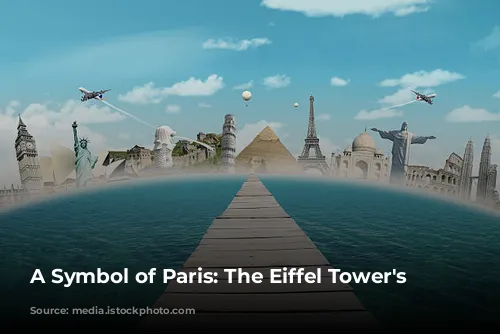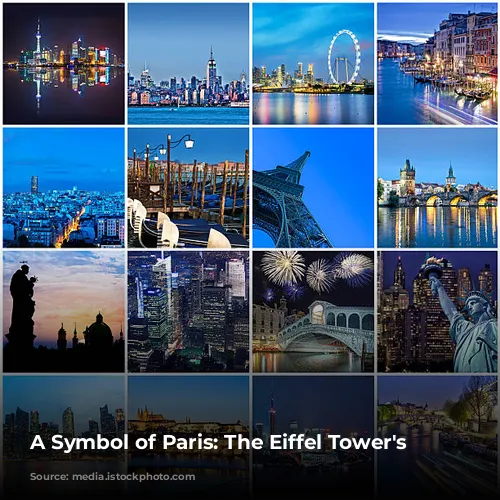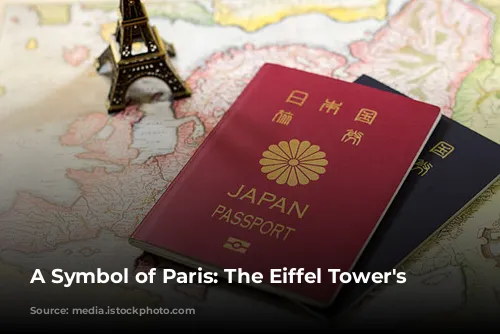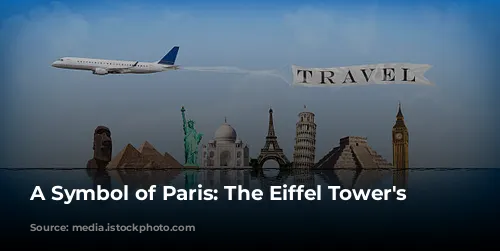The Eiffel Tower, a magnificent iron latticework structure dominating the Parisian skyline, is more than just a breathtaking landmark. It’s a testament to French ingenuity and a symbol of the City of Lights itself. Let’s delve into the history of this iconic monument and discover what makes it so special.
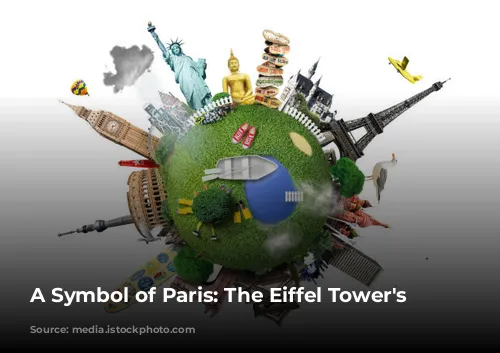
Why Was the Eiffel Tower Built?
The Eiffel Tower’s construction was driven by a grand celebration: the 1889 International Exposition, marking the 100th anniversary of the French Revolution. A competition was held to design a monument worthy of the occasion, and Gustave Eiffel, a renowned bridge engineer, emerged as the winner. His design, a daring and innovative wrought-iron structure, was chosen from over 100 submissions.
The Eiffel Tower served as the majestic entrance gateway to the exposition, welcoming visitors from around the world. It also showcased the extraordinary capabilities of French engineering and industrial design.

The Eiffel Tower: More Than Just a Gateway
While initially intended as a temporary structure for the exposition, the Eiffel Tower quickly captivated the hearts of Parisians and visitors alike. It became a permanent fixture, transcending its original purpose and evolving into a symbol of Paris itself.
The tower’s lights, often illuminating the night sky, are used to commemorate significant global events. They serve as a beacon of solidarity and shared experience, connecting Paris with the world.
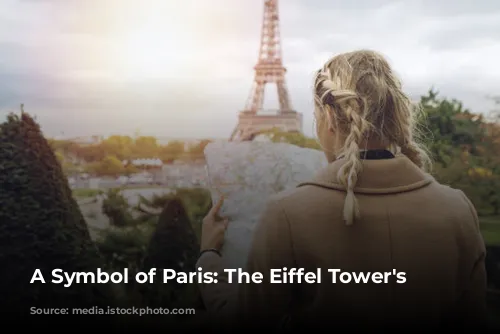
The Eiffel Tower: An Architectural Masterpiece
The Eiffel Tower is an engineering marvel, constructed almost entirely from open-lattice wrought iron. Gustave Eiffel’s expertise in metal arch and truss structures enabled him to create a remarkably strong yet elegant structure. His design revolutionized civil engineering and architectural design, influencing structures for decades to come.
Finding the Eiffel Tower in Paris
Located on the Champs de Mars in the 7th arrondissement of Paris, the Eiffel Tower is easily accessible and sits on the Left Bank of the Seine River. The 7th arrondissement is a historic district, renowned for its beauty and home to other iconic landmarks like the Musée d’Orsay and the Rodin Museum.
The Eiffel Tower’s Sparkling Lights
Every night, the Eiffel Tower twinkles for five minutes at the start of each hour. This enchanting display of light has captivated visitors since 1985, though the tower has been illuminated in various ways since its 1889 debut, even using gaslights during the initial exposition.
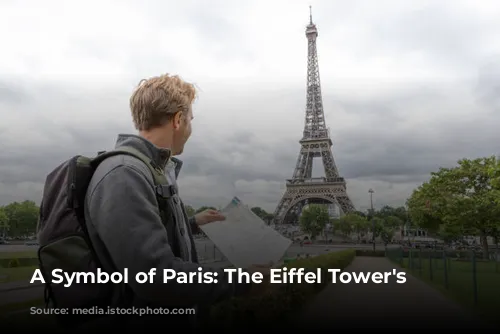
Conclusion
The Eiffel Tower is more than just a structure; it’s a testament to human ingenuity, a symbol of Parisian spirit, and a beacon of global unity. Its enduring presence on the Parisian skyline is a reminder of the past, a celebration of the present, and a promise of the future. Whether you’re admiring its intricate design, enjoying breathtaking views from its platforms, or simply soaking in the sparkle of its lights, the Eiffel Tower offers a unique and unforgettable experience for all who visit.
